History
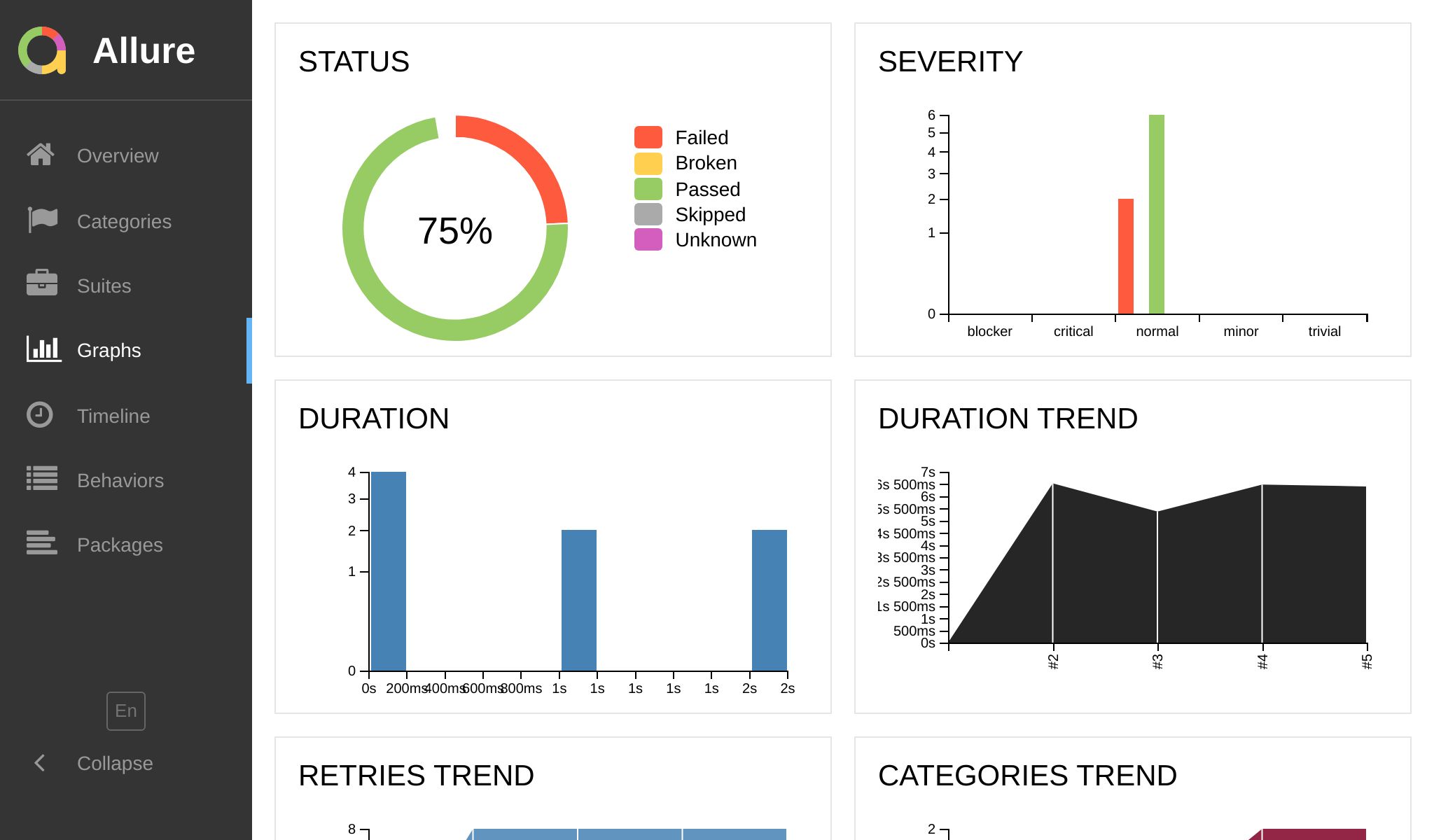
One of notable features of Allure 2 is the ability to monitor test retries and long-term trends in your test execution. This is an easy way to spot flaky tests and track the overall health of your test suite. We'll discuss each of these features in detail below.
Test Retries
Jest provides a feature called jest.retryTimes(n) —
this is useful when your tests or your test environment are not reliable enough, and you want
to run each failed test multiple times hoping that it will pass eventually.
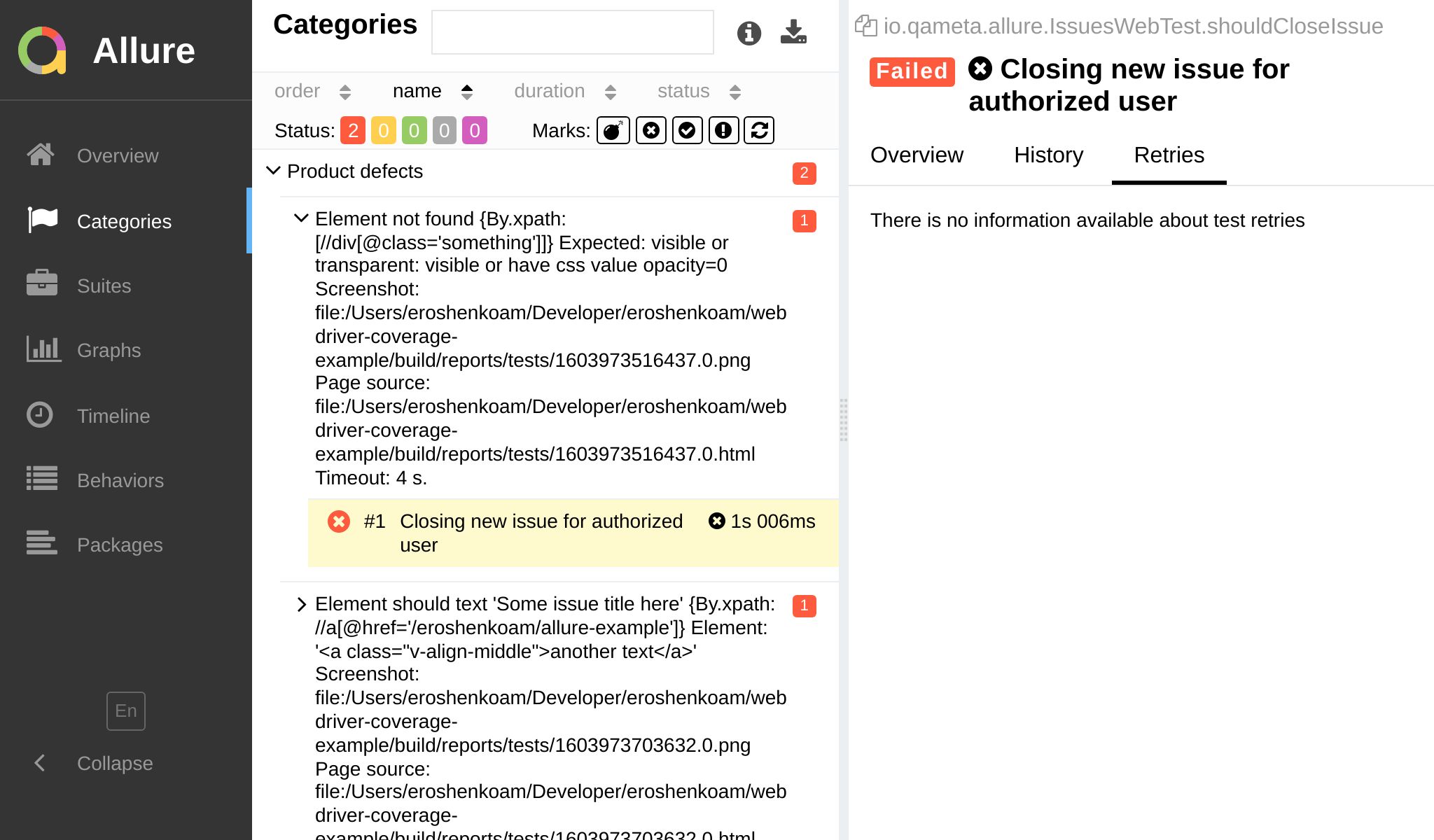
The test retry feature is automatically enabled with jest-allure2-reporter, requiring no additional configuration on your part.
If some of your tests didn't pass on the first time, you'll
see
immediately in the reports. Inside Retries tab you can click on the previous recorded attempts
and inspect all the necessary details of their execution.
If you attempt to retry your tests using unconventional methods, such as
running jest multiple times, you'll need to make sure that you don't delete the
allure-results directory between the runs:
/** @type {import('@jest/types').Config.InitialOptions} */
module.exports = {
// ...
reporters: [
// ...
['jest-allure2-reporter', {
overwriteResultsDir: false,
}]
],
};
Still, this is not a recommended way to do it due to performance reasons and potential conflicts with Executor and Environment information, which are not designed to be collected multiple times.
Trends
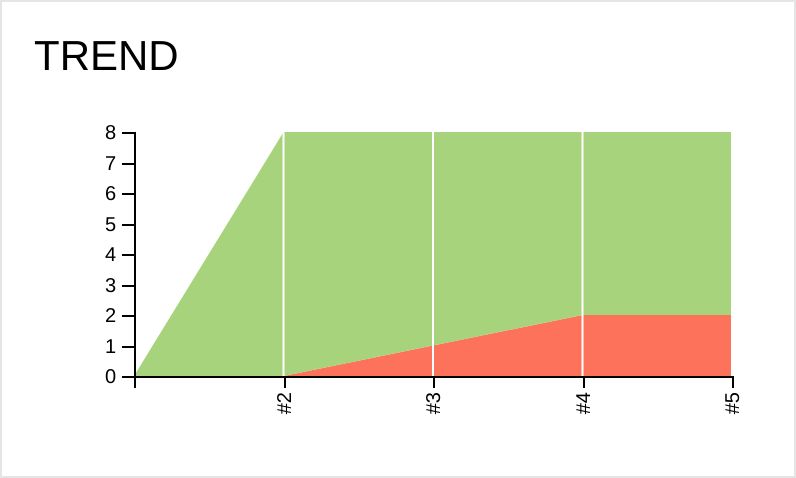
Long-term trends are the ability to track test execution history over time and analyze it.
On the Graphs page, you can see all available trends, and on the Overview page, you can see the History Trend.
All charts are interactive, and you can click on them to see the details of a particular test run, provided that you have configured Executor information.
Click to see all built-in trends
- History Trend

Shows the number of passed and failed tests over time.
- Duration trend
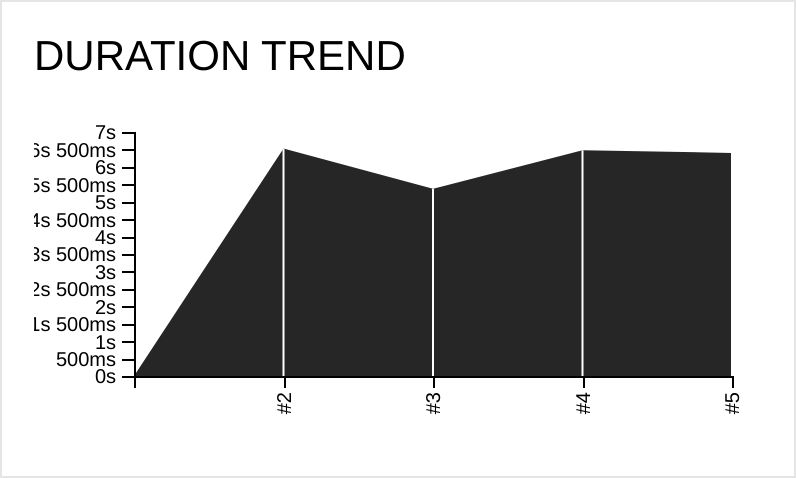
Shows the average duration of test runs over time.
- Retries trend
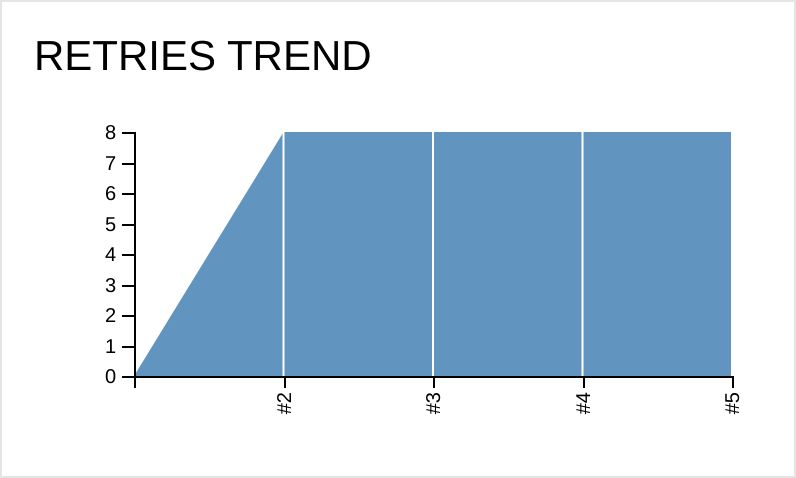
Helps to see whether your tests become more or less reliable over time.
- Categories trend
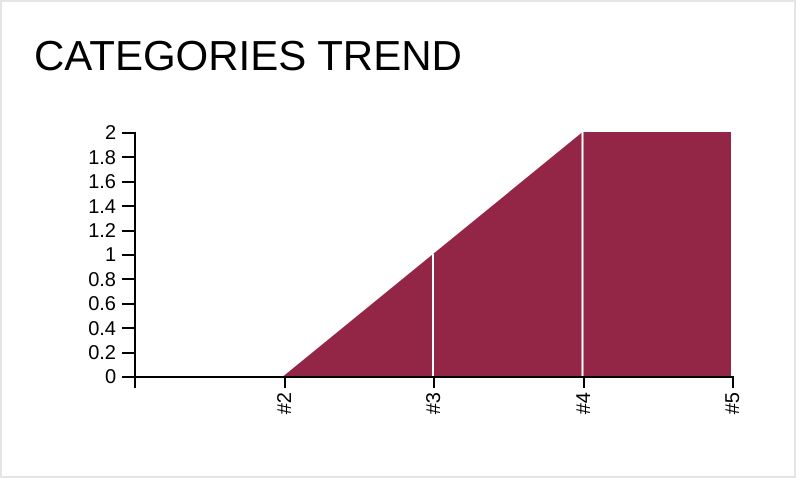
Provides a breakdown of test defects by categories.
Test Case ID
To make the history feature work in an environment where tests can be renamed, skipped, or moved around, Allure 2 Framework needs a way to identify tests across multiple test runs in the past, present, and future.
The property behind test identification is testCaseId — a unique identifier
generated for each test1. When Allure 2 framework aggregates reports from multiple
test runs in the past, this identifier is the only way to tell which tests are the same,
and which are different.
So, when Test A and Test B are considered the same, what does that actually mean? The answer may vary on your project specifics and the way you write tests. Ask yourself: are two tests the same...
- if they have the same name but are located in different files?
- if they have the same name and file name, but the source code has changed?
- if their order of execution is different (e.g. you moved a test a few lines up or down, and now it's executed before another test)?
Well, the default behavior of jest-allure2-reporter is to consider tests the same if they
are located in the same file (relative POSIX path) and have the same name.
This is the most common case, and it works well for most projects.
If you want to change this behavior, you can use the testCaseId option:
const { createHash } = require('crypto');
const md5 = (data) => createHash('md5').update(data).digest('hex');
/** @type {import('@jest/types').Config.InitialOptions} */
module.exports = {
// ...
reporters: [
// ...
['jest-allure2-reporter', {
testCaseId: ({ package, file, test }) => {
return md5(`${package.name}:${file.path.posix}:${test.fullName}`);
},
}]
],
};
Keeping History
As much as the history feature sounds awesome, it doesn't work out of the box — unless you do some extra work to keep the history files around.
By default, allure generate command generates just a single report without any history.
Upon closer inspection, this isn't entirely accurate.
Within the allure-report/history directory, the Allure 2 Framework puts a few JSON files
encapsulating your test execution history:
categories-trend.json
duration-trend.json
history-trend.json
history.json
retry-trend.json
These history files are important to keep.
Before generating the next report, you'll need to copy the history files from the
allure-report/history directory of the previous report to the allure-results/history directory2,
e.g.:
cp -r allure-report/history allure-results/
Now, when you run allure generate, it will generate a report with the history of the previous run.
To reiterate, for generating the third report —
which includes the history of the first and second runs —
once again, you need to copy allure-report/history to allure-results/history,
followed by executing the allure generate command.
In other words, it is similar to reduce chaining concept:
function makeReport(allureReportHistory, allureResults) {
return // ... make a report
}
const report1 = makeReport(null, results1);
const report2 = makeReport(report1.history, results2);
const report3 = makeReport(report2.history, results3);
// ... and so on
This is why you'll just need to keep the history files from the last (not every!) report.
As long as you keep putting them into allure-results/history directory, you'll be able to
trace the history of your previous test runs.
Automating History
While this issue largely falls outside the scope of this project, it is clear that copying history files manually is not a sustainable solution. A more efficient approach could be to automate this process with a script or use the Allure Docker Service, which is designed for tasks like this.
The latter provides a Docker container that runs Allure 2 Framework with some REST API on top of it. You will be able to maintain multiple projects, send test results via POST requests, and access your reports via web UI with the history and other server-dependent features.
Summary
Effectively setting up and managing history in Allure 2 Framework may require an initial investment of time and effort.
However, it becomes an invaluable asset, especially for larger teams and extensive projects, aiding in long-term trend analysis and overall test management. Once you have a solid understanding of the more basic features of the framework, it's highly recommended to revisit and establish history tracking for your project.
Footnotes
-
For clarity, test and test case are being used interchangeably — here and there we refer to
test('...', () => {})andit('should ...'. () => {})statements in Jest. ↩ -
Please note directory names —
allure-report/historyandallure-results/historyare not the same — the former is a directory with HTML files, the latter is a directory with JSON files containing pure data not rendered yet. ↩